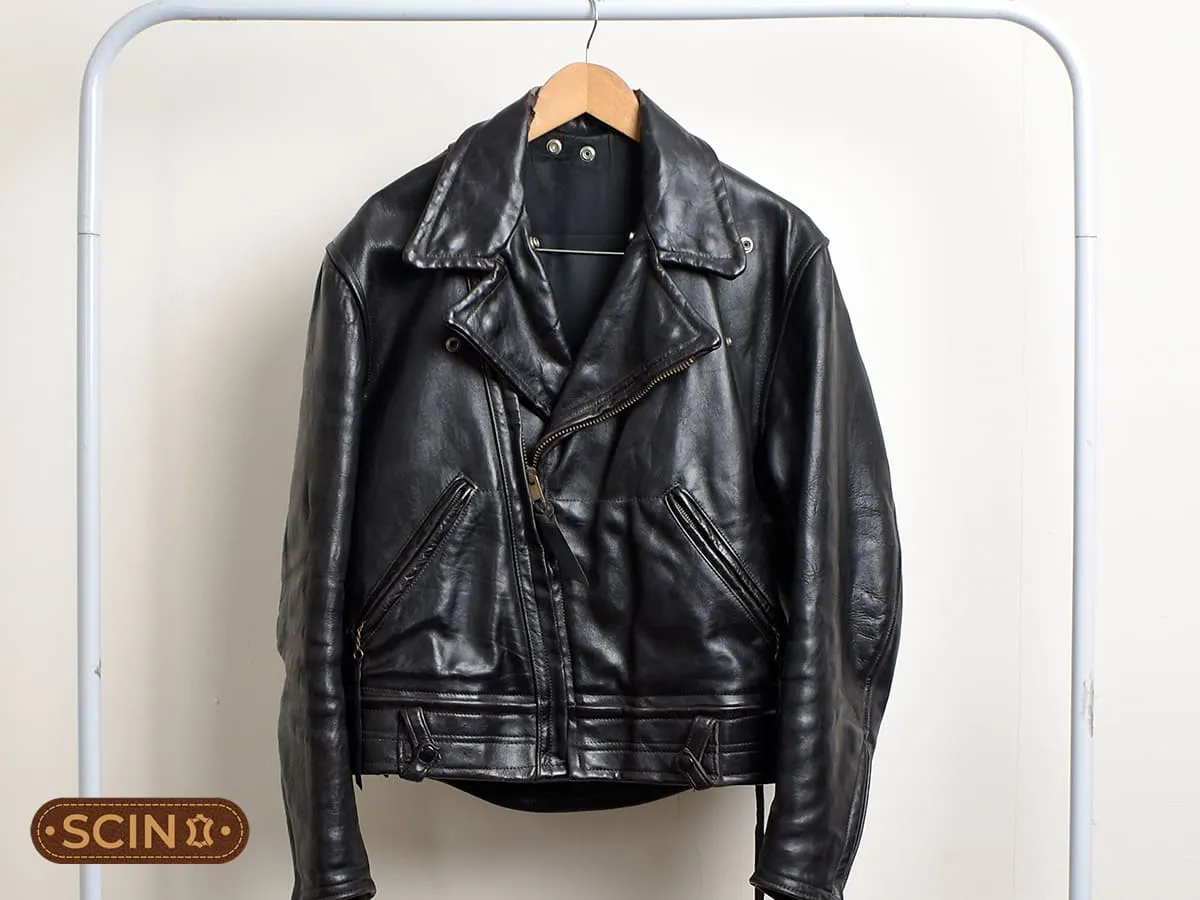Faux leather has made a name for itself as an eco-friendly alternative to real leather. It is a material that mimics the real leather, while being manufactured from man-made substances.
Recently, faux leather ethical appeal and versatility have contributed to its gaining traction across apparel, upholstery, automotive sector.
But have you ever been fascinated how it’s made and what are it types?
If you’re interested in faux leather and looking for a complete guide to learn everything about it, we have got your back.
Let’s start by understanding what faux leather is all about.
Also, read our blog: Real Vs Fake Leather.
What is Faux Leather Made of?
Faux leather is one of the types of leather that is man-made from a combination of synthetic materials that are treated and processed to give the feel of real leather.
Typically, the base material is polyester, cotton, or a similar fabric, and then coated with a layer of plastic, like polyurethane (PU) or polyvinyl chloride (PVC), which is then embossed to give it that classic real leather texture.
The result is a durable material that can be manufactured in many colors, patterns, and finishes to resemble real leather.
When finding what is faux leather made of, it is very essential to note the variety of compounds used, from polyurethane to other polymers, each offering different textures and qualities.
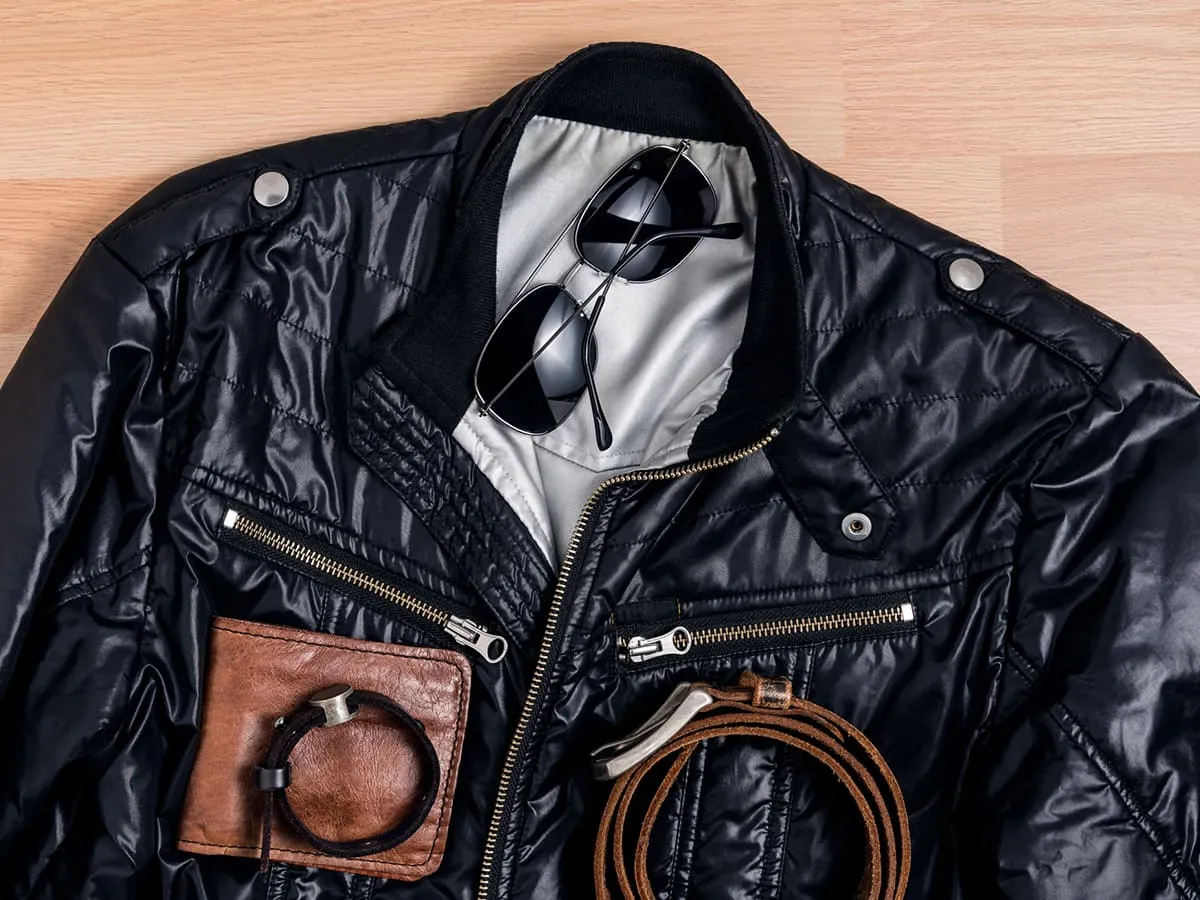

How Durable Is Faux Leather?
Although the faux leather is not as tough as real leather, it can still be quite durable enough. Faux leather is resistant to cracking and peeling, especially when treated properly, but its lifespan can be affected by wear and tear and the quality of materials used. Because faux leather is artificial, the cracking and peeling can’t be undone, and your faux leather item will keep degrading over time.

How Long Does Faux Leather Last?
The lifespan of faux leather is dependent on its quality, usage and you well you can maintain it. Normally, it can range from 3 to 5 years. Lower-quality faux leather may show signs of cracking or peeling, within a few years, whereas high-quality faux leather can last much longer with proper maintenance. Factors such as exposure to sunlight, humidity, and frequent use can also shorten its life.

Types of Faux Leather
There are several types of faux leather, each with its own unique properties and uses. Here are the most common types:
- Polyurethane (PU) Leather: This is the most popular type of faux leather made of thermoplastic polymer, making it a comfortable option for making furniture covers and shoes. 100% PU leather is entirely synthetic and is considered vegan.
- Polyvinyl Chloride (PVC) Leather: Also known as vinyl leather made from polyvinyl chloride (PVC), stabilizers and plasticizers. It is more durable and rigid than PU leather. This type of faux leather is highly water-resistant and can withstand harsh weather conditions, making it ideal for outdoor furniture and automotive.
- Bonded Leather: It is a combination of genuine leather fibers and synthetic materials from leftover scraps. Bonded leather is less durable and can wear out more quickly. It is often used in budget-friendly furniture and accessories, hence offering a leather-like appearance at a lower cost.
- Biodegradable Faux Leather: It is made from eco-friendly materials such as plants like mycelium or cactus that decompose faster than traditional faux leather. Biodegradable faux leather is generally a more expensive but innovative and sustainable alternative, catering to consumers who prioritize environmental impact.
5 Differences Between Faux Leather vs Real Leather?
When comparing faux leather vs real leather, several key differences emerge. Some of these are as follows:
Faux leather is synthetic and man-made, while real leather is a natural material that comes from animal hides.
Faux leather tends to be more affordable because of the synthetic materials, while real leather can be very expensive depending on the source it is coming from.
Faux leather may lack the long-lasting durability, while pure genuine leather lasts very long when taken care of properly.
Real leather is naturally breathable and ages beautifully, forming a patina over time. However, it requires more maintenance than faux leather, which is often more water-resistant.
Faux leather is usually made with synthetic polymers, such as PVC or PU, while real leather involves tanning animal hides. This results in a significant environmental impact when producing real leather, whereas faux leather is often marketed as a more sustainable option.
Faux Leather Pros and Cons
Like any material, faux leather has both benefits and drawbacks, making it suitable for certain uses while unsuitable for others. Here’s a breakdown of the pros and cons of faux leather.
Pros
- Affordable: Faux leather is usually much less expensive than real leather, making it a budget-friendly option. This affordability allows consumers to enjoy the appearance of leather without the high price tag.
- Animal-Friendly: Faux leather is cruelty-free, making it the perfect choice for people who prefer animal-free products. Hence, it also aligns with ethical consumerism by reducing the demand for animal hides in manufacturing.
- Easy Maintenance: Faux leather requires less care than real leather and is often stain-resistant. It is also easier to clean, as it doesn’t require special oils or conditioners for upkeep.
- Variety: Available in numerous colors, patterns, and textures, faux leather offers more versatility in design than real leather. This makes it a popular choice for creative, fashionable pieces that cater to a range of tastes and styles.
Cons
- Environmental Impact: Despite being animal-free, the synthetic materials used in faux leather production can harm the environment. The manufacturing process of faux leather often involves burning chemicals and plastics that contribute to pollution and waste.
- Less Ventilation: Faux leather does not allow air to circulate like real leather, which can make it uncomfortable for clothing like jackets or shoes. This lack of ventilation/airflow can lead to sweating or discomfort, especially in warmer weather.
- Not as Durable: Faux leather may crack or peel over time, especially if it is not cared for properly. Overuse or exposure to harsh conditions can accelerate this wear, shortening the material’s lifespan.
- Quality Variations: Faux leather products can vary greatly in quality, so you may need to be highly selective when purchasing. Lower-quality faux leather may show signs of peeling or fading more quickly, which affects both its appearance and durability.
Faux Leather Care and Maintenance
To extend the life of your faux leather items, especially jackets, proper care and maintenance are essential. Regular cleaning, conditioning, and protection from stains can keep faux leather jackets looking new for years.
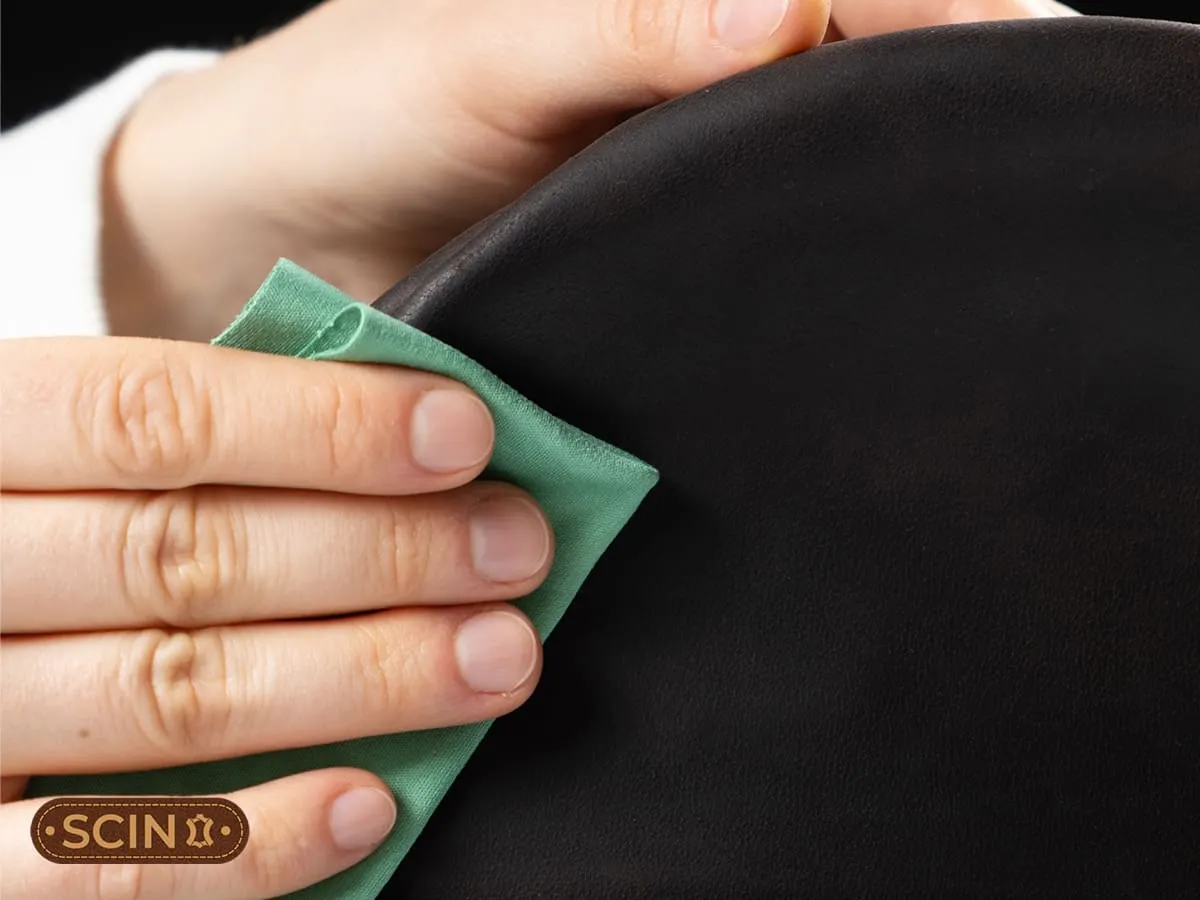
Clean Consistently
First, consider learning the best ways to clean leather jackets. Regular cleaning is really important for maintaining the original look of all types of leather. You can consider using a soft cloth and mild detergent to wipe your faux leather jackets and remove dirt or dust that can accumulate on the surface. This will also prevent grime from building up, which can otherwise lead to discoloration over time. Keeping your faux leather clean helps preserve its smooth texture and prevents it from becoming stiff or cracked.

Condition Regularly
Conditioning your faux leather jackets helps in maintaining its softness and flexibility. Consider using a formulated conditioner that is specially designed for synthetic or faux leather to prevent cracking and keeping the material flexible. This will also help in restoring the material’s shine and improve its longevity. Regular conditioning can also protect the surface from becoming dry or brittle, making sure that your faux leather remains looking fresh for a longer period.
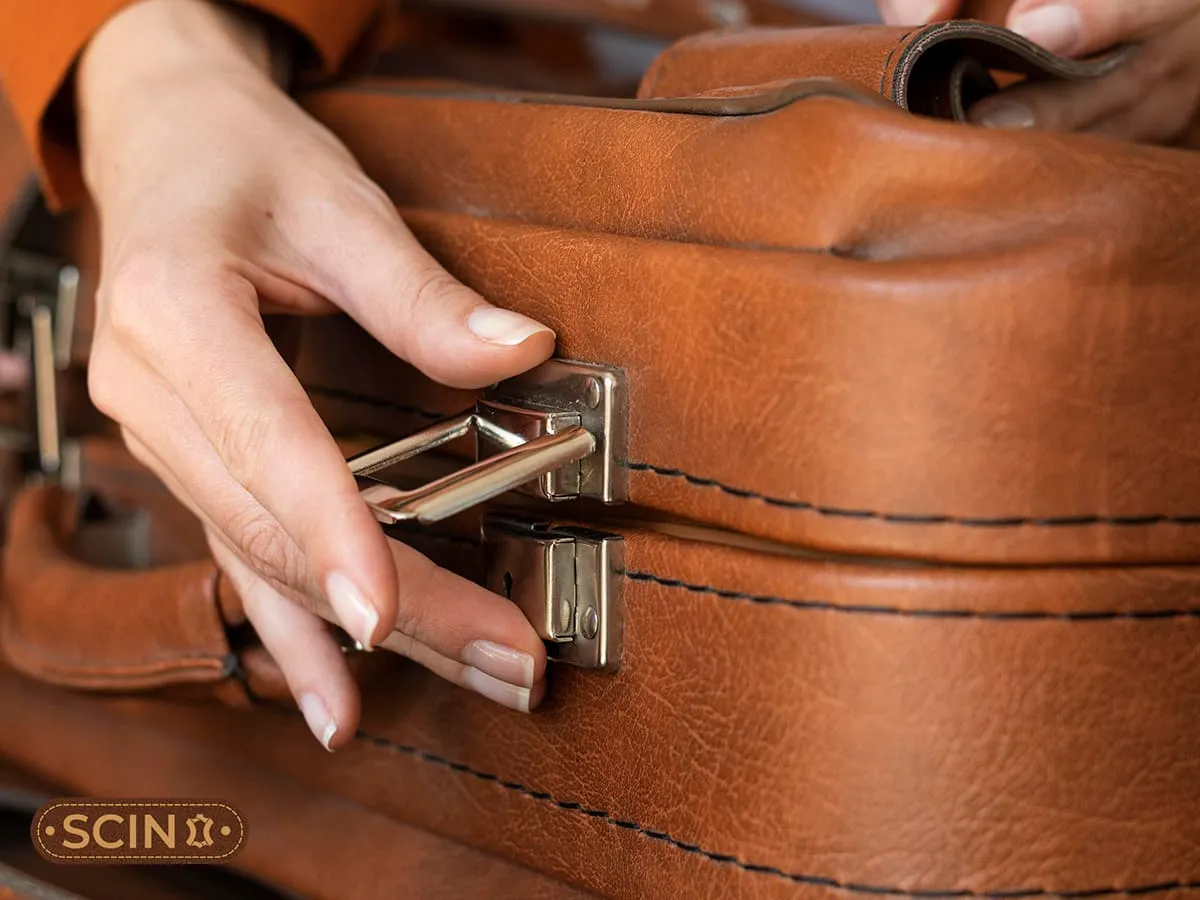
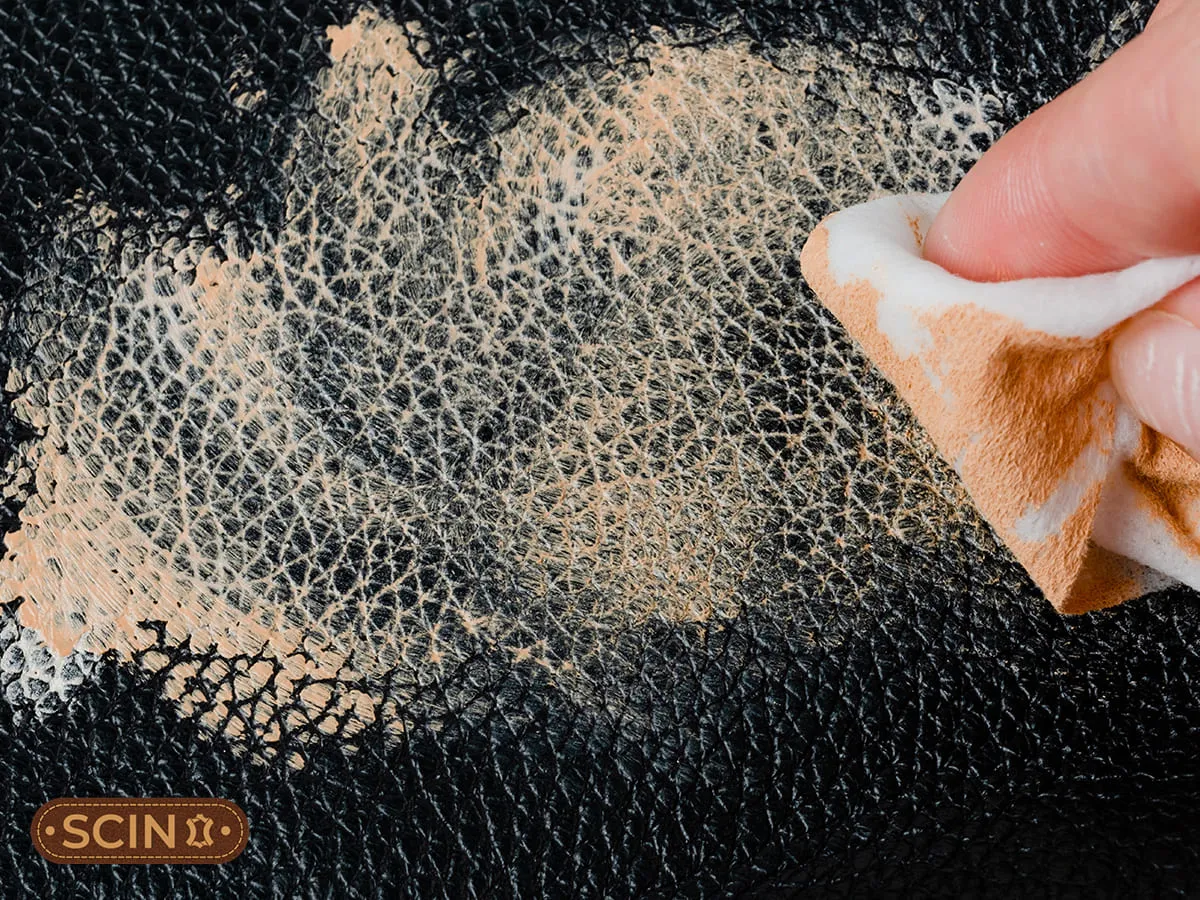
Protect from Stains and Spillage
Faux leather can be prone to getting very stubborn stains if exposed to liquids or oils. Hence, it is crucial that you clean up any spills on your jacket immediately and use protective sprays designed especially for synthetic materials to avoid permanent marks. By taking instant action, you can prevent the material from absorbing the spill and causing lasting damage.

Store Properly
It is very important to store your faux leather jacket in a cool, dry place away from direct sunlight. This is because exposure to heat and sun-rays can cause fading and deterioration over time. Keep them away from excessive humidity as well, as this can affect the material’s durability. Proper storage will make sure that your faux leather item remains in a good condition and lasts longer.
